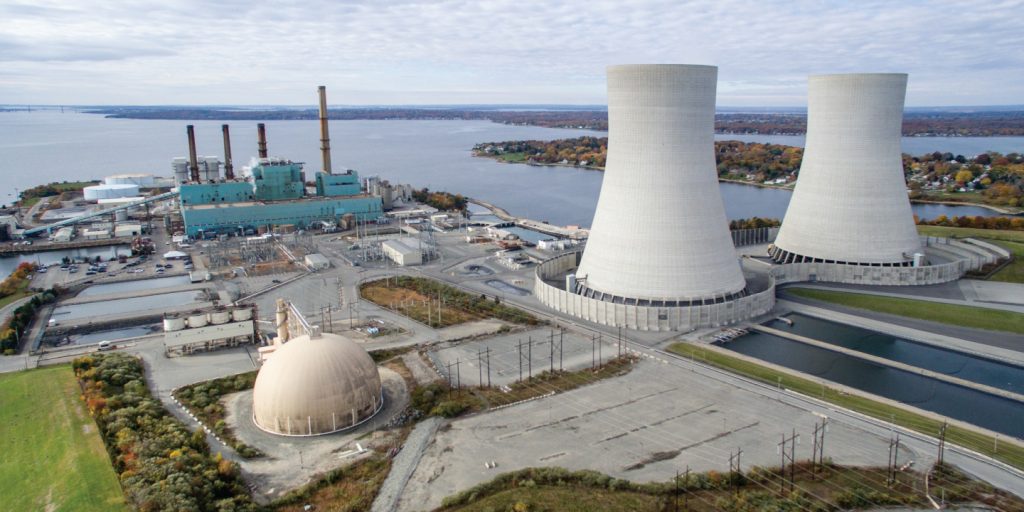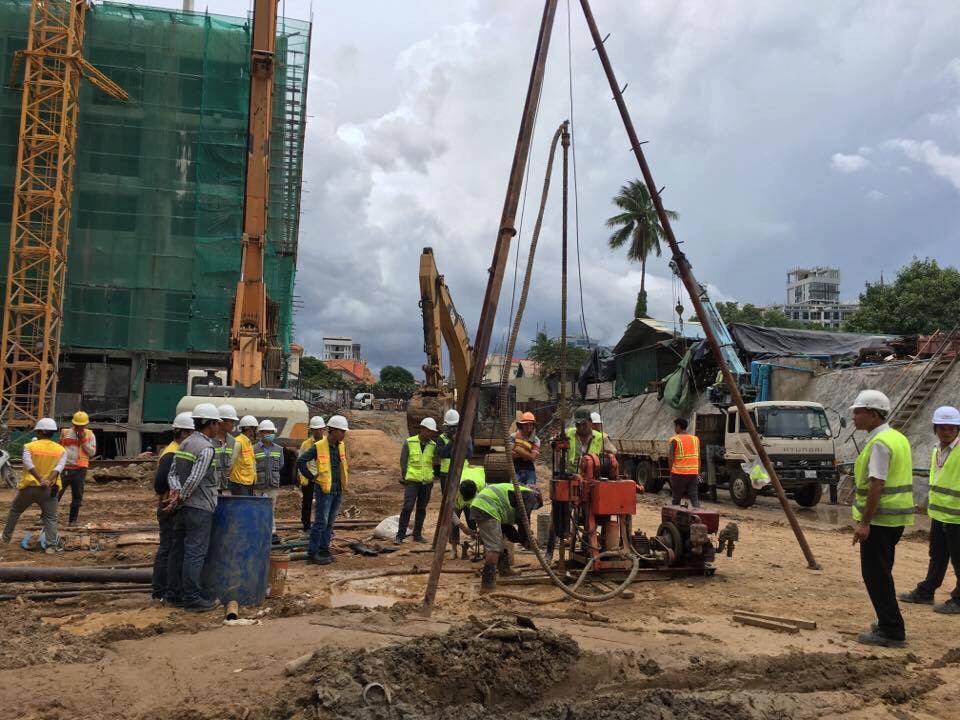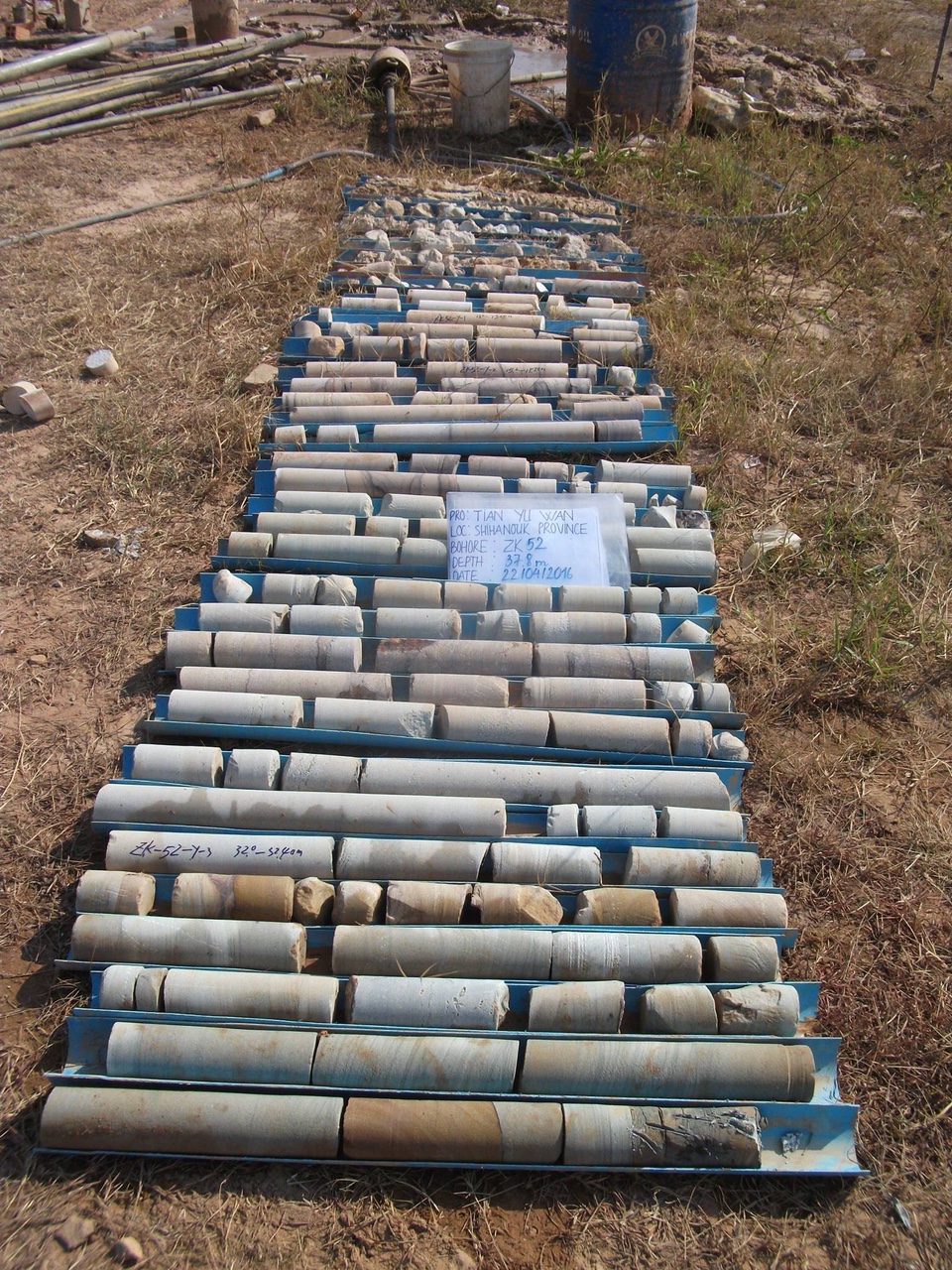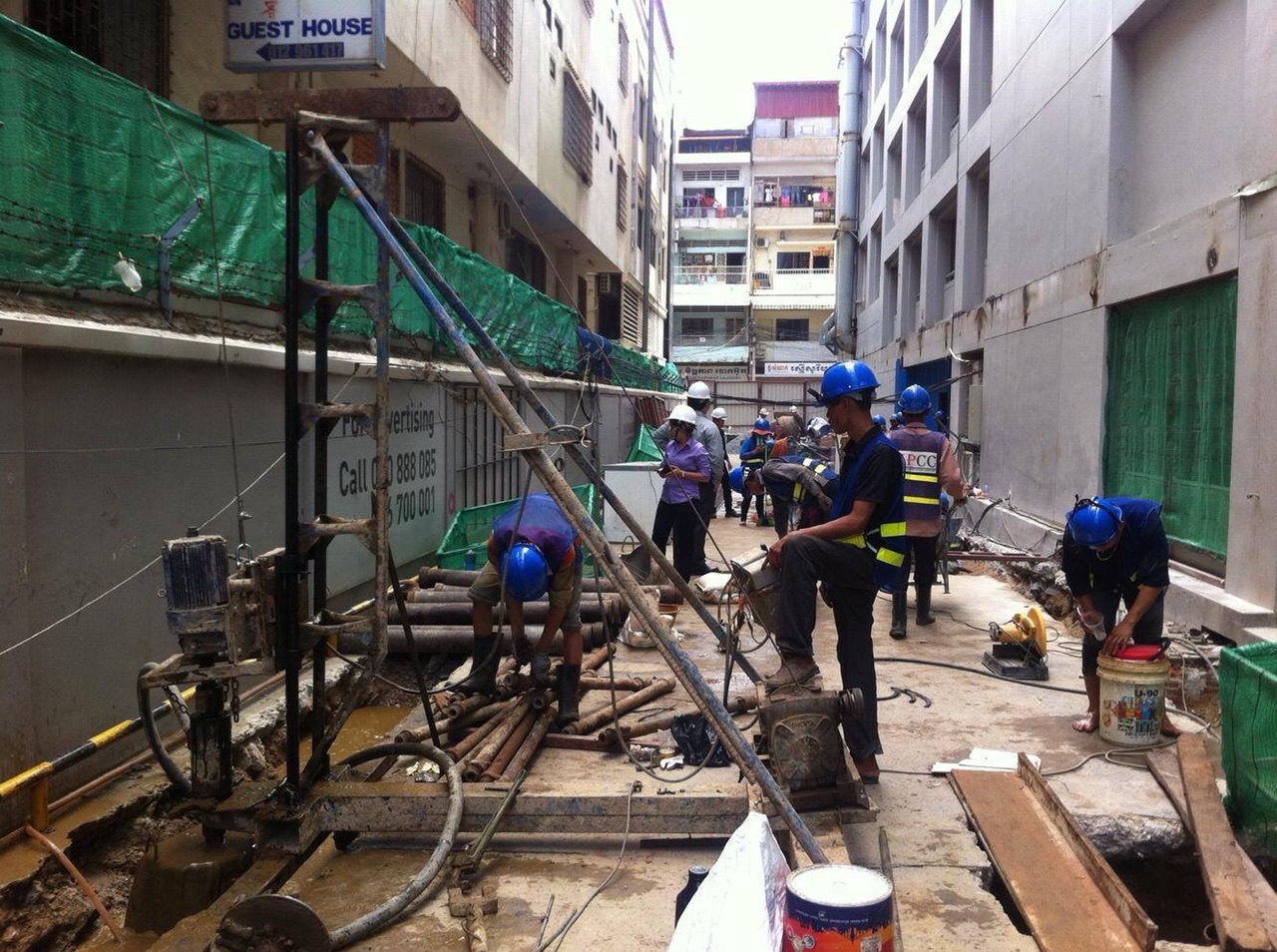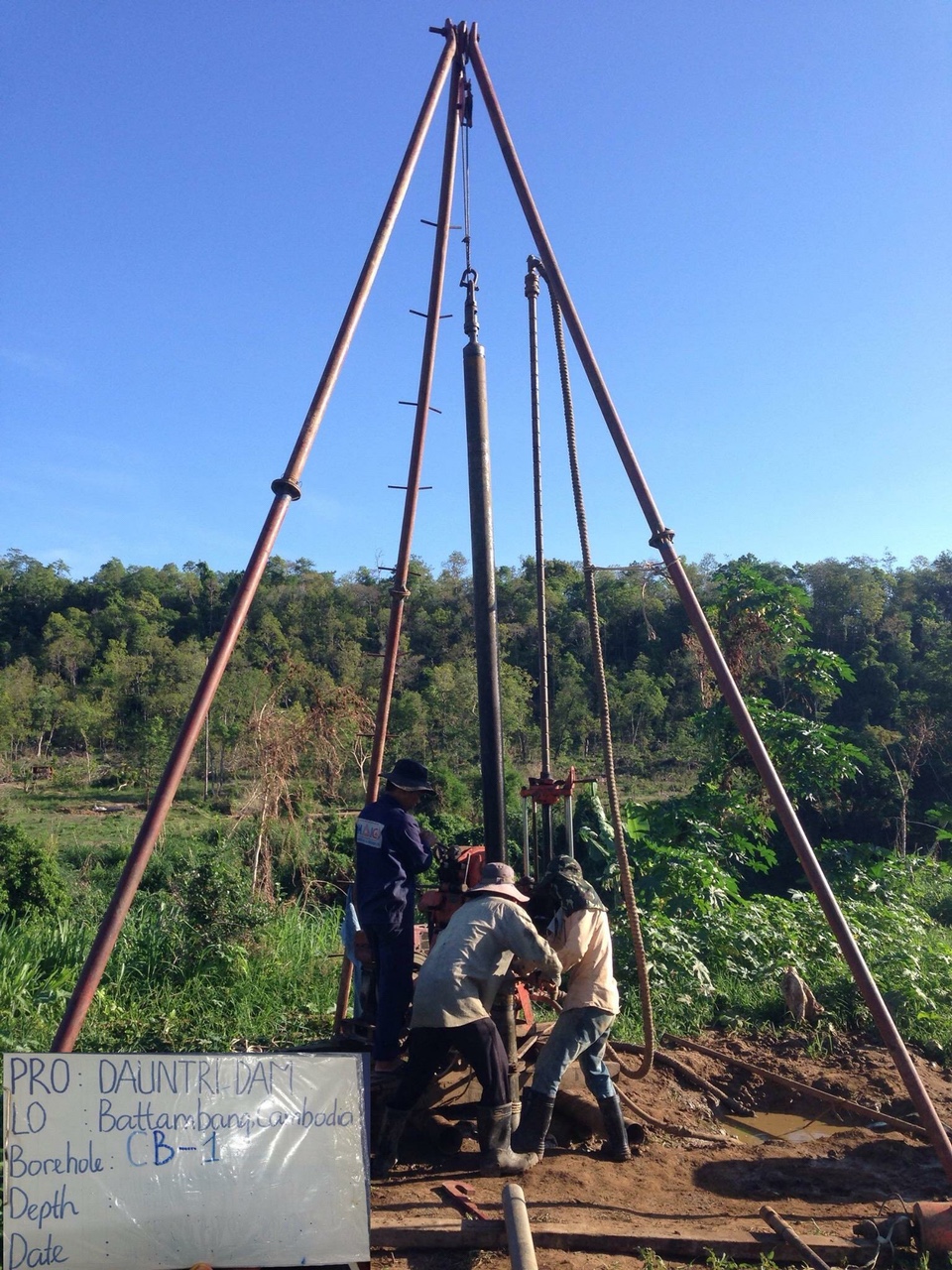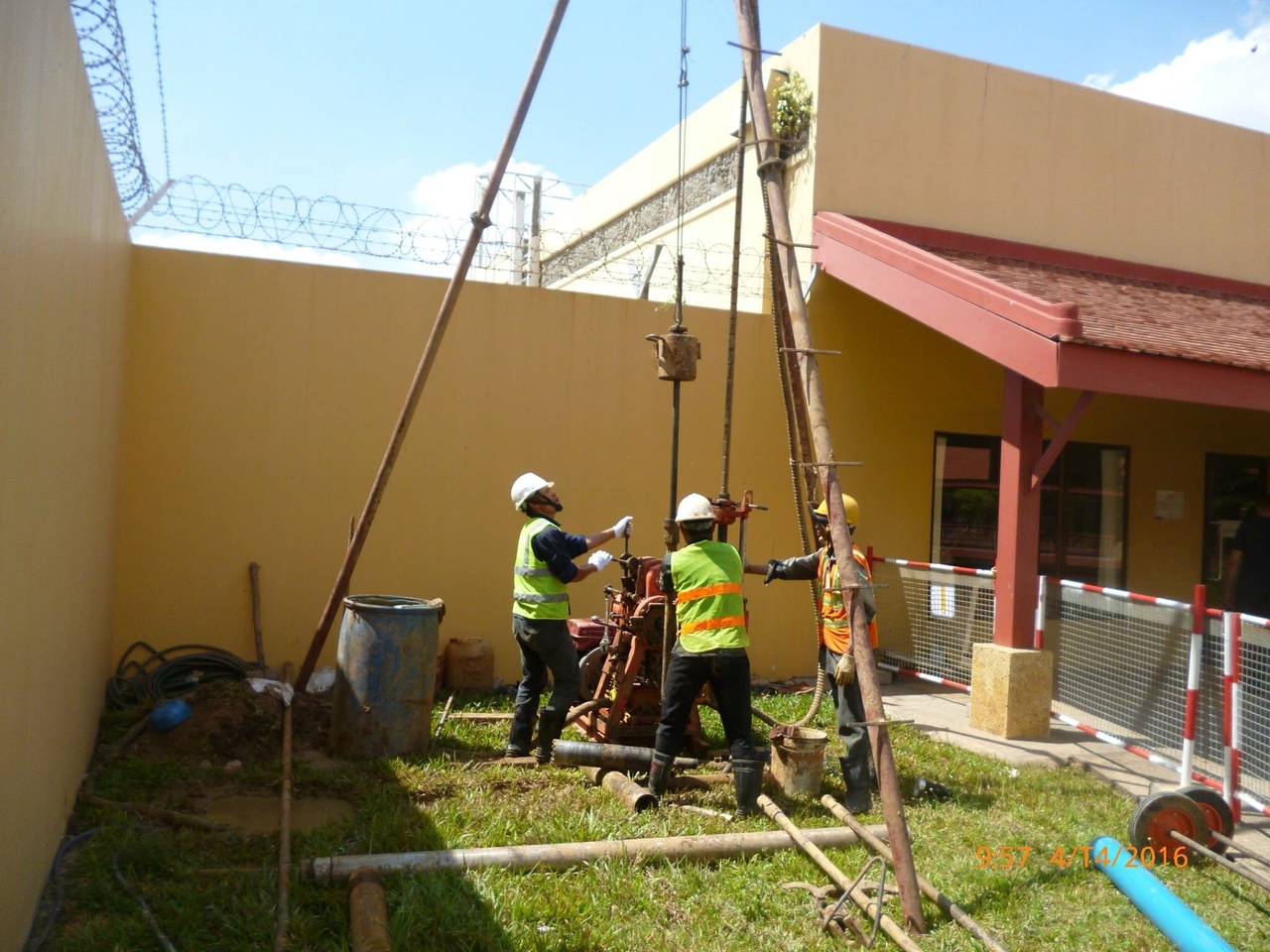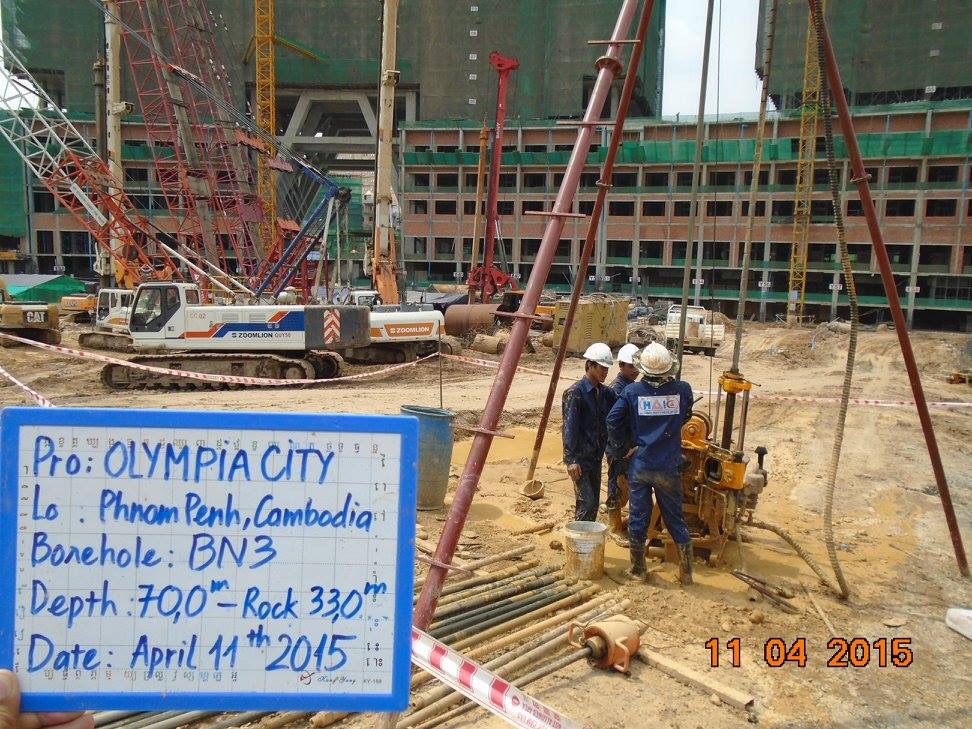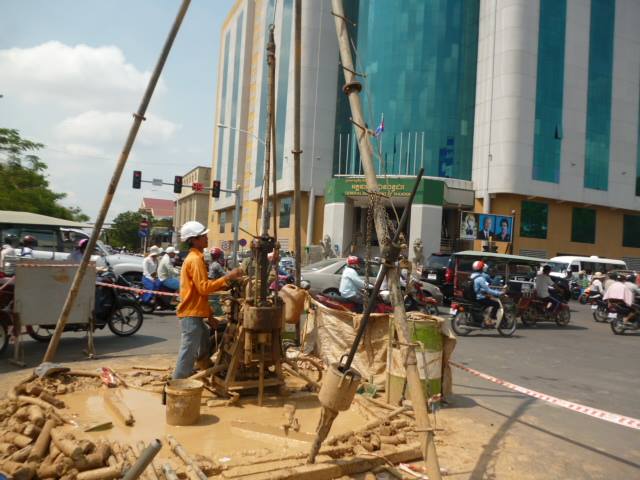Standard Penetration Test (SPT)

Standard Penetration Test, SPT, involves driving a standard thick-walled sample tube into the ground at the bottom of a borehole by blows from a slide hammer with standard weight and falling distance. The sample tube is driven 150 mm into the ground and then the number of blows needed for the tube to penetrate each 150 mm (6 in) up to a depth of 450 mm (18 in) is recorded. The sum of the number of blows required for the second and third 6 in. of penetration is reported as SPT blowcount value, commonly termed "standard penetration resistance" or the "N-value".
 |
 |
The N-value provides an indication of the relative density of the subsurface soil, and it is used in empirical geotechnical correlation to estimate the approximate shear strength properties of the soils.
|
SPT N3 |
Soil packing
|
Relative Density [%]
|
Friction angle
[°] |
|
< 4
|
Very loose
|
< 20
|
< 30
|
|
4 -10
|
Loose
|
20 - 40
|
30 - 35
|
|
10 - 30
|
Compact
|
40 - 60
|
35 - 40
|
|
30 - 50
|
Dense
|
60 - 80
|
40 - 45
|
|
> 50
|
Very Dense
|
> 80
|
> 45
|






